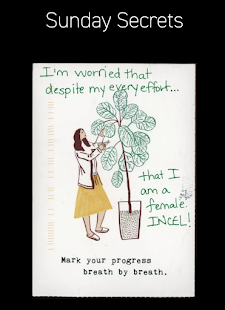Combinatory Poetics
Combinatory Poetics is considered to be the oldest genre of electronic literature and is still an essential genre of e-lit today. Combinatory poetry combines a “cut-up” method where the creator is able to piece together different forms such as text, images, audio recordings, videos and even games and combine them into one artwork. This chapter discussed Dada significantly which was a multimedia avant-garde movement that went on to influence many of the 20th century's most important art movements such as surrealism, modernism, and conceptual art. Authors have embraced and refined the “cut-up” method and have used it to randomize poetry in an array of ways. With modern technology, we are now able to create combinatory poetry through online software in the same way it was produced in the past. Computers can now provide a variety of ways to easily select at random and quickly arrange material within a random structure. This concept encompasses surrealism and helps the creator access the subconscious mind in order to produce their work. Combinatory literature challenges the classic notion of authorship and close reading, and involves elements of change, surprise, variability, and the chance to explore new ways to create electronic literature.
https://collection.eliterature.org/1/works/memmott__self_portraits_as_others/spo_app/X00.html
One of the references from chapter 2 of combinatory poetics was Self Portraits as Others by Talan Memmotts. This type of Electronic literature recombines different elements of text and imagery. The images that the program produces are different parts of the face from self-portraits by famous artists. When recombined, the piece ends up with an eye of one artist, the lips of another, and a nose of yet another artist to reconstruct a new image. As you scan over different parts of the image, you reveal a blurb of text and other images. The text on the side of the image is composed of elements from different biographies and curated texts about different artists and their work. The text is pieced together creating a false biography of each artist and image. The portraits are described as no longer self-portraits, but "selves" portraits, with multiple subjects. The piece deals with identity in an art-historical context, self-identity for any given artist, and identification as a process. There are over 120,000,000 possible recombinations of each of these portraits.
.jpeg)


I like how you considered combinatory poetry to differ from traditional readings by their element of "surprise". It's true that you never know what you're going to create or come across when it comes to the cut-up method! I took a look at the website you linked and found it really fun!! Excited to hear about it more on Tuesday!
ReplyDeleteSuch a cool work by Talan Memmott! I never knew it had so many combinations!
ReplyDelete"Cut ups" is a great way to describe the random combinations of computer generated works. Your example was really cool-I did not realize how many options there are for creating words and literature.
ReplyDelete